Accessibility will have a new face at the Olympic and Paralympic Village in Greater Paris.

At What Intersections Should You Install Accessible Pedestrian Signals?
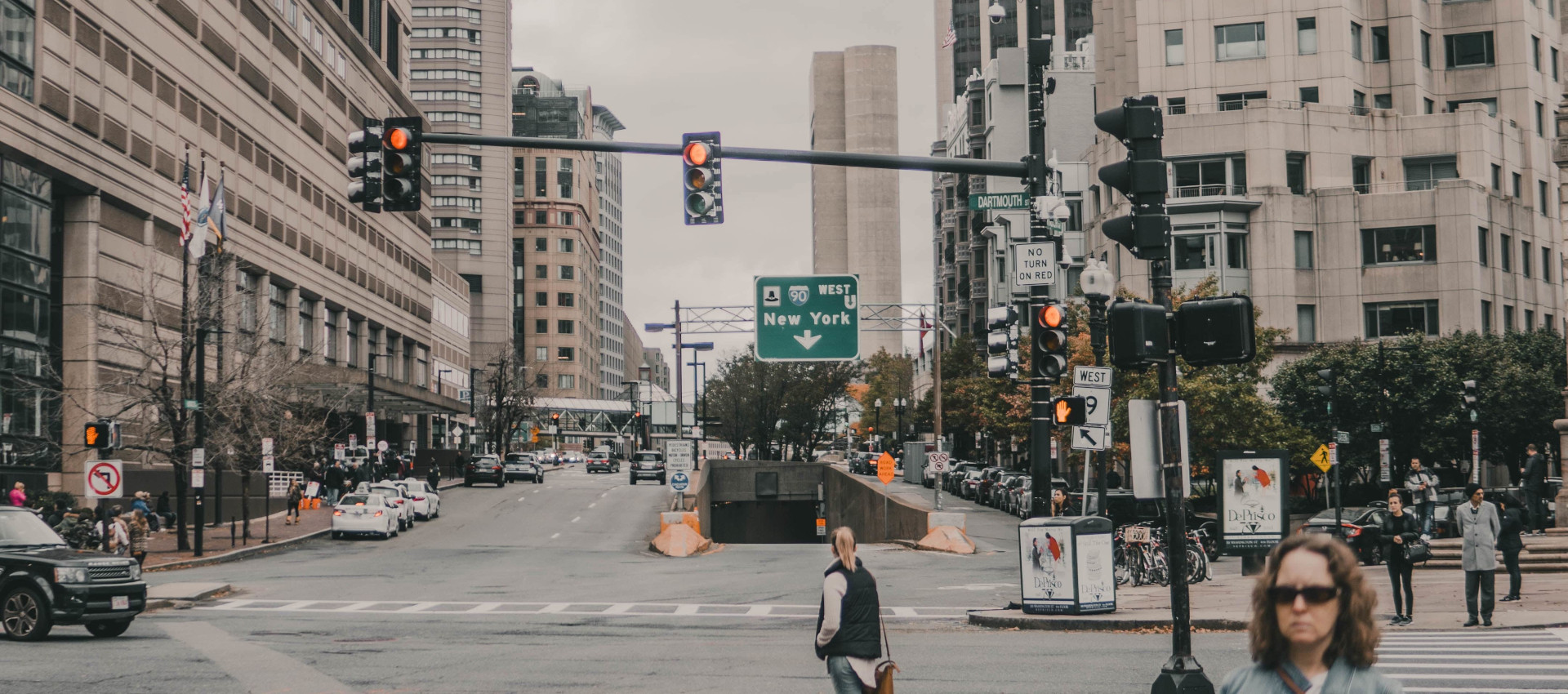
At What Intersections Should You Install Accessible Pedestrian Signals?
When you install accessible pedestrian signals, you first need to ask yourself where exactly they are needed. Are there any intersections blind and visually impaired pedestrians particularly use? Where should accessible pedestrian signals be located?
The second question you need to consider is whether your APS meets the proper regulations. For this, you need to turn to the ADA and the requirements your state and/or city follows.
We’ll tell you what you need to pay attention to in order for your accessible pedestrian signals to be safe and useful for pedestrians with visual impairments.
Where to install accessible pedestrian signals?
This question is essential to make sure you install accessible pedestrian signals at the appropriate intersections: where they matter and where they are needed to ensure blind and visually impaired can get around.
There are 4 situations where accessible pedestrian signals need to be installed:
⊗ You’ll find more APS at large cities such as New York City, Los Angeles, Chicago, San Francisco…
The reason why is simple: these cities and their metropolitan areas are more likely to be accessible to meet the needs of blind and visually impaired people.
Consequently, it makes sense people with vision disabilities favor cities where accessibility is better deployed instead of small cities or rural communities that would deprive them of their autonomy.
⊗ Blind and visually impaired people can request the installation of an accessible pedestrian signal.
If pedestrians with vision disabilities happen to frequently use the same route to get around, they can request the installation of an accessible pedestrian signal.
But it can be complicated as they first need to know who’s in charge of the intersection in question. As you know, it can be the department of traffic engineering, the county or the Department of Transportation…
In order to do that, they usually call the department of traffic engineering or public works of their city. Once they know who to specifically contact regarding traffic signals for the selected intersection, they can directly speak to this person.
If you happen to be this person on the line, make sure you’re familiar with the intersections you run. They’ll ask you about the policy you apply for your APS. For you, this means you need to explain to them clearly what it is in layman’s terms.
Maintaining good communication with blind and visually impaired people is key to ensure a trustworthy and open relationship. Make sure you listen to them so that they listen to you as well.
It’s even better if pedestrians have access to the APS policy directly on your website. The San Francisco Municipal Transportation Agency chose to upload theirs for full transparency.
⊗ Accessible pedestrian signals are needed near organizations and schools for blind and visually impaired people.
Once again, APS are to be installed where they are useful for pedestrians with visual impairments. If there are areas where they’re more likely to be because of organizations or schools, they need to be able to know when they can safely cross the street.
This means activating the accessible pedestrian signals around their work or school.
⊗ You need to install accessible pedestrian signals at intersections where there are not enough non-visual indicators that enable pedestrians with vision disabilities to cross.
Blind and visually impaired people rely on tactile and auditory cues to apprehend their surroundings such as tactile paving with a visual contrast at the beginning of the crosswalk, the ambient sound of the traffic and accessible pedestrian signals in a best case scenario.
Find out more on the steps the visually impaired undertake to cross the street:
How Do the Blind Safely Cross the Road?
Blind and Visually Impaired People: What Are Their Difficulties When Crossing the Street?
Obviously, when intersections are very busy with vehicles, blind and visually impaired people are reassured when APS are installed.
But the same holds true for intersections with slow or rare traffic. Calm neighborhoods can actually pose a threat for their safety.
After all, are they sure they can cross when they can’t hear a vehicle? What if there’s an electric car that’s just more silent than regular ones? What if there’s a distracted cyclist?
When traffic is busy, they can hear engines starting and tires squelching. When there’s absolutely no traffic noise, it can be deafening. It raises the alarm: is the intersection safe for them to cross?
With accessible pedestrian signals, they’re sure they can rely on the audible system. And cross the street when they have the right-of-way.
Check out what cities have implemented to install APS at the perfect locations:
New York City Accessibility: Are Pedestrian Crossings Safe for Blind People?
How Accessible Pedestrian Signals Can Help Chicago Be the ‘Most Inclusive City in the Nation’?
We Need to Talk About the Pedestrian Crossings of San Francisco and Their Accessibility
Is the intersection newly constructed or existing?
These cases share similarities but also differences. Let’s take a closer look at what you need to do in both situations.
Installing APS at newly constructed intersections
This is what you need to implement as required by the PROWAG and the MUTCD:
⊗ The accessible pedestrian signals are actuated with pushbuttons,
⊗ The WALK signal needs to provide audible and vibrotactile indications,
⊗ The WALK signal is emitted by tone or speech message,
⊗ When there’s a pedestrian pushbutton, you need to install a pushbutton locator tone,
⊗ The tactile arrow needs to indicate the direction of travel on the crossing.
Installing APS at existing intersections
Each existing intersection has its own particularities. We will not develop here every little action you need to undertake but just the general ones to remain vigilant.
You need to assess the typology of the intersection that needs to be retrofitted and the technical issues you may encounter.
Does the intersection already have poles for the installation of accessible pedestrian signals? Do you need to add poles?
At first, you need to follow the new construction guidelines recommended by the ADA to make sure you implement useful and safe accessible pedestrian signals.
If it’s not technically possible, your role is to minimize any ambiguity there may be for blind and visually impaired pedestrians to have access to the appropriate audio information.
What to pay attention to when you install accessible pedestrian signals?
You need to focus on one thing: avoiding ambiguity for blind and visually impaired people. Unambiguous information could put them in danger and lead to accidents.
This concerns several key points you need to pay attention to. Here are some of the important ones:
⊗ Pushbutton: its location needs to be accessible for blind and visually impaired pedestrians and wheelchair users.
⊗ WALK signal: the information needs to be clear, that is to say the audio information dubbing the visual WALK signal needs to signal the appropriate crossing.
⊗ Sound in the environment: make sure sound serves a purpose. Otherwise it’s just noise pollution for the residents and for pedestrians with visual impairments.
⊗ Volume of the accessible pedestrian signals: the point is for blind and visually impaired pedestrians to properly hear them. But they can’t be heard over the traffic sounds. Their volume needs to be set to a minimum of about 30 dB and a maximum of about 90 dB.
Of course, it depends on the intersection you’re installing APS at and its ambient sound. As you’re aware, some intersections are louder than others.
Every piece of equipment that enables signalized intersections to have accessible pedestrian signals needs to be studied and designed to meet the needs of the visually impaired.
Keep in mind that accessible pedestrian signals are key to ensure pedestrians with visual impairments a seamless mobility chain. This is what enables them to get around in the city.
The dubbing of traffic lights serves as audio signage to guide them from one point of the crossing to another.
When you install accessible pedestrian signals, you’re not only following accessibility guidelines for vulnerable pedestrians, you provide them with more autonomy and safety. Thanks to APS, they can go to work or go shopping by themselves.
Want to know more about accessible pedestrian signals? Check out these articles:
How Accessible Are the Audible Pedestrian Pushbuttons of Your Crossings?
Why Should Your Accessible Pedestrian Signals Have a Guiding Sound Corridor?
Published on June 17th, 2022
media
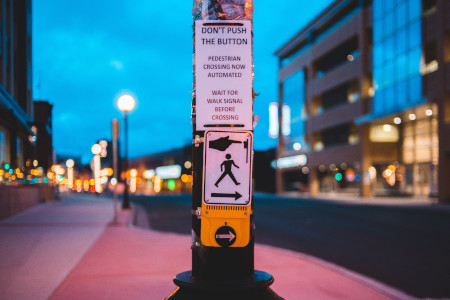
When you install accessible pedestrian signals, you’re not only following accessibility guidelines for vulnerable pedestrians, you provide them with more autonomy and safety.
writer

Carole Martinez
Content Manager
stay updated
Get the latest news about accessibility and the Smart City.
other articles for you

Open Data Is Key to Fostering Universal Accessibility
Open data represents an opportunity for cities to reach universal accessibility. It shows the missing links of the mobility chain.
Our Audio Beacons Guide the Blind and Visually Impaired at the Helsinki Subway
The Helsinky subway improved their audio signage system by installing on demand and remotely activated audio beacons.
7 Good Reasons to Install Audio Beacons at Your Public Transport Network
Audio beacons are an efficient way to provide more autonomy to blind and visually impaired people. They can easily use public transport.

Will Remote Activation Become the Norm for Accessible Pedestrian Signals?
More and more cities like New York have been exploring remote activation to trigger accessible pedestrian signals.
share our article!
more articles

Disability Statistics in the US: Looking Beyond Figures for an Accessible and Inclusive Society
Disability Statistics in the US: Looking Beyond Figures for an Accessible and Inclusive Society Around 61 million adults in the United States live with a disability. Diving into disability statistics in the US will help us know exactly who is concerned and what...
Our Audio Beacons Guide the Blind and Visually Impaired at the Helsinki Subway
Our Audio Beacons Guide the Blind and Visually Impaired at the Helsinki SubwayOur audio beacons equip the new line of the Helsinki subway in Finland. They help blind and visually impaired people locate the points of interest of a station. For users with visual...

Will Remote Activation Become the Norm for Accessible Pedestrian Signals?
Will Remote Activation Become the Norm for Accessible Pedestrian Signals?Without pushbutton, there are no accessible pedestrian signals. That’s how APS work in the U.S. But more and more cities have been exploring remote activation like New York City. The Department...

Hearing Impaired People: a Multitude of Profiles for Different Needs
Hearing Impaired People: a Multitude of Profiles for Different Needs Did you know that hearing impaired people have several profiles and that the way they identify themselves is important? You may be familiar with deaf and hard of hearing people but for each of...
NEVER miss the latest news about the Smart City.
Sign up now for our newsletter.
Unsubscribe in one click. The information collected is confidential and kept safe.
powered by okeenea
The French leading company
on the accessibility market.
For more than 25 years, we have been developing architectural access solutions for buildings and streets. Everyday, we rethink today’s cities to transform them in smart cities accessible to everyone.
By creating solutions ever more tailored to the needs of people with disabilities, we push the limits, constantly improve the urban life and make the cities more enjoyable for the growing majority.



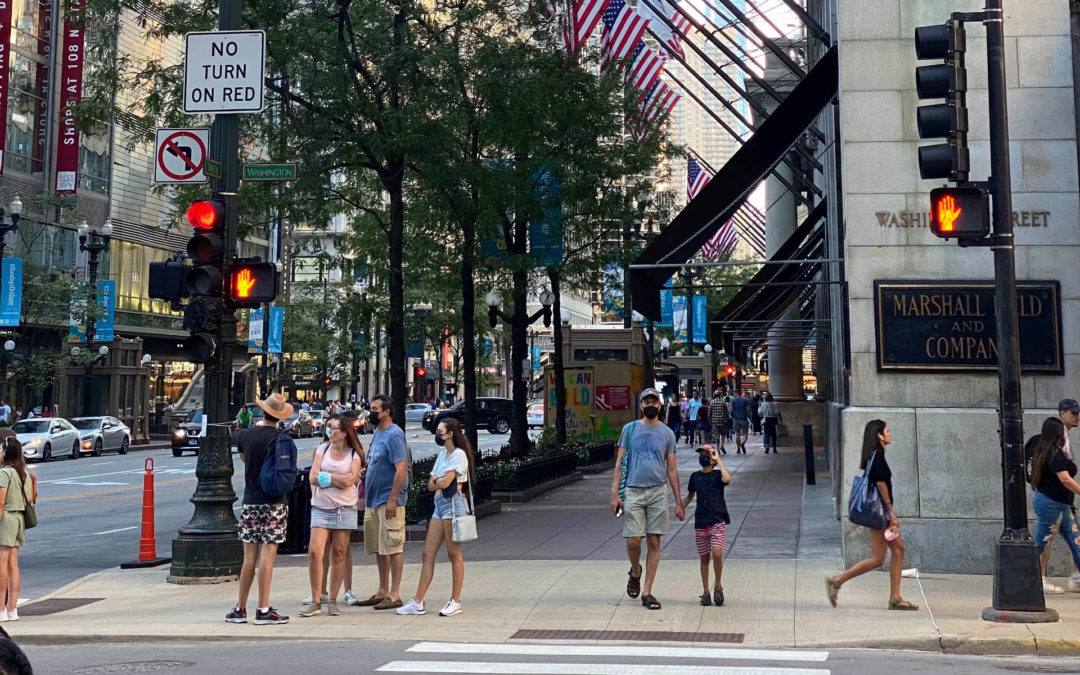
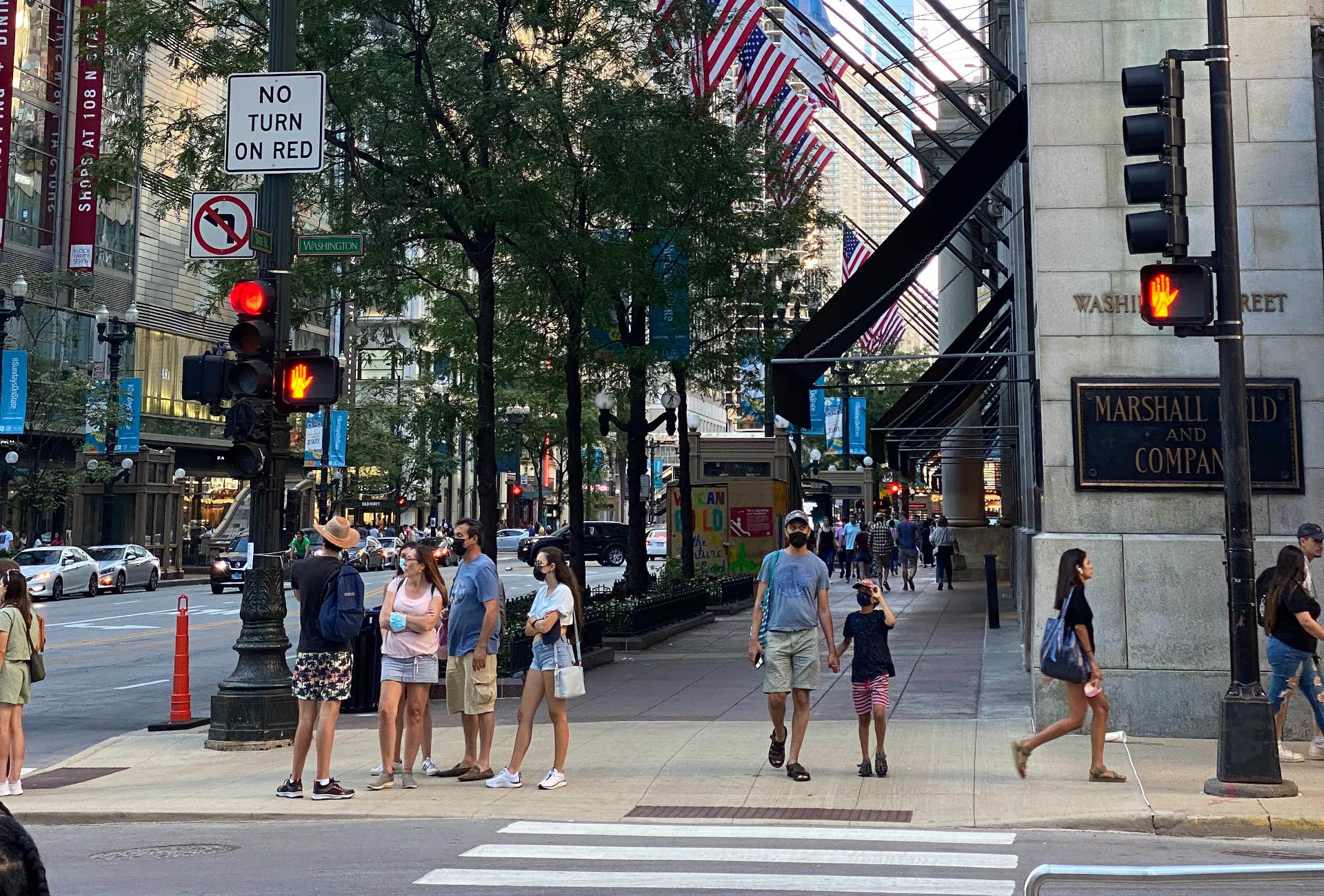

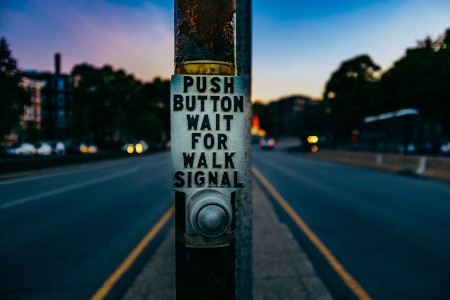
Recent Comments